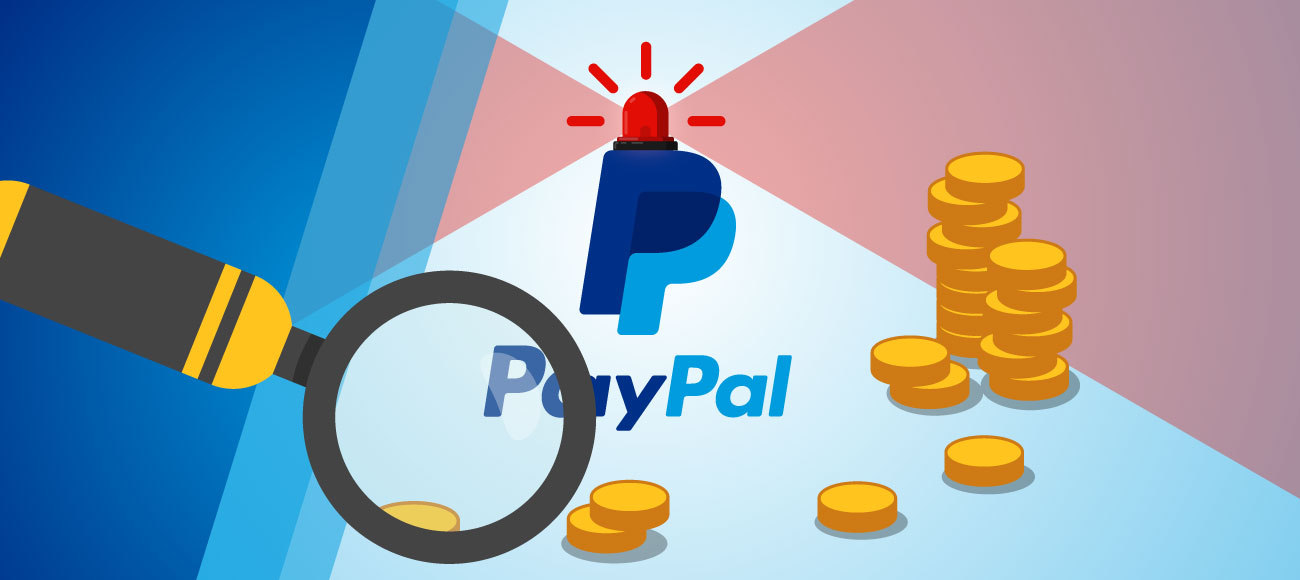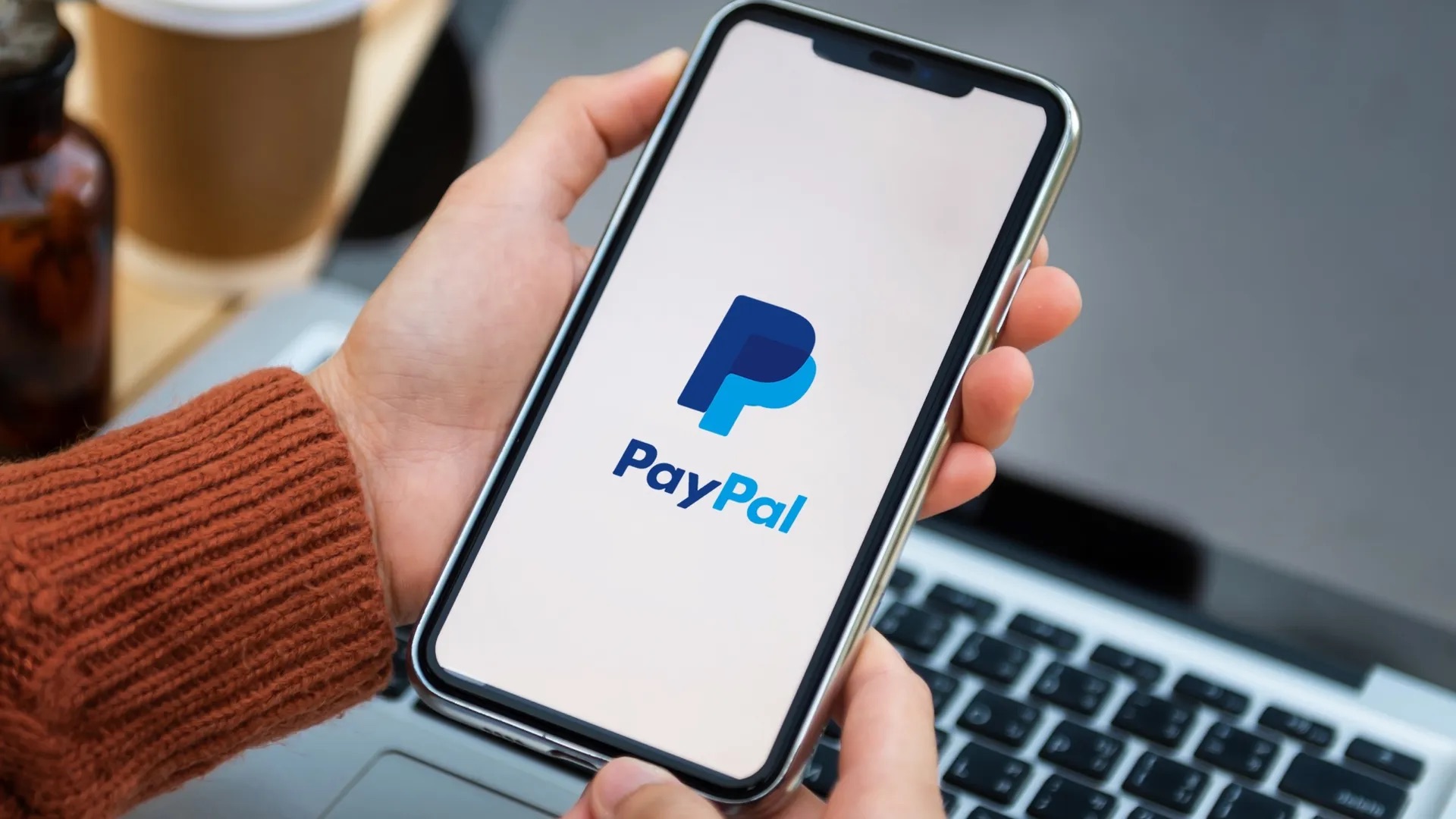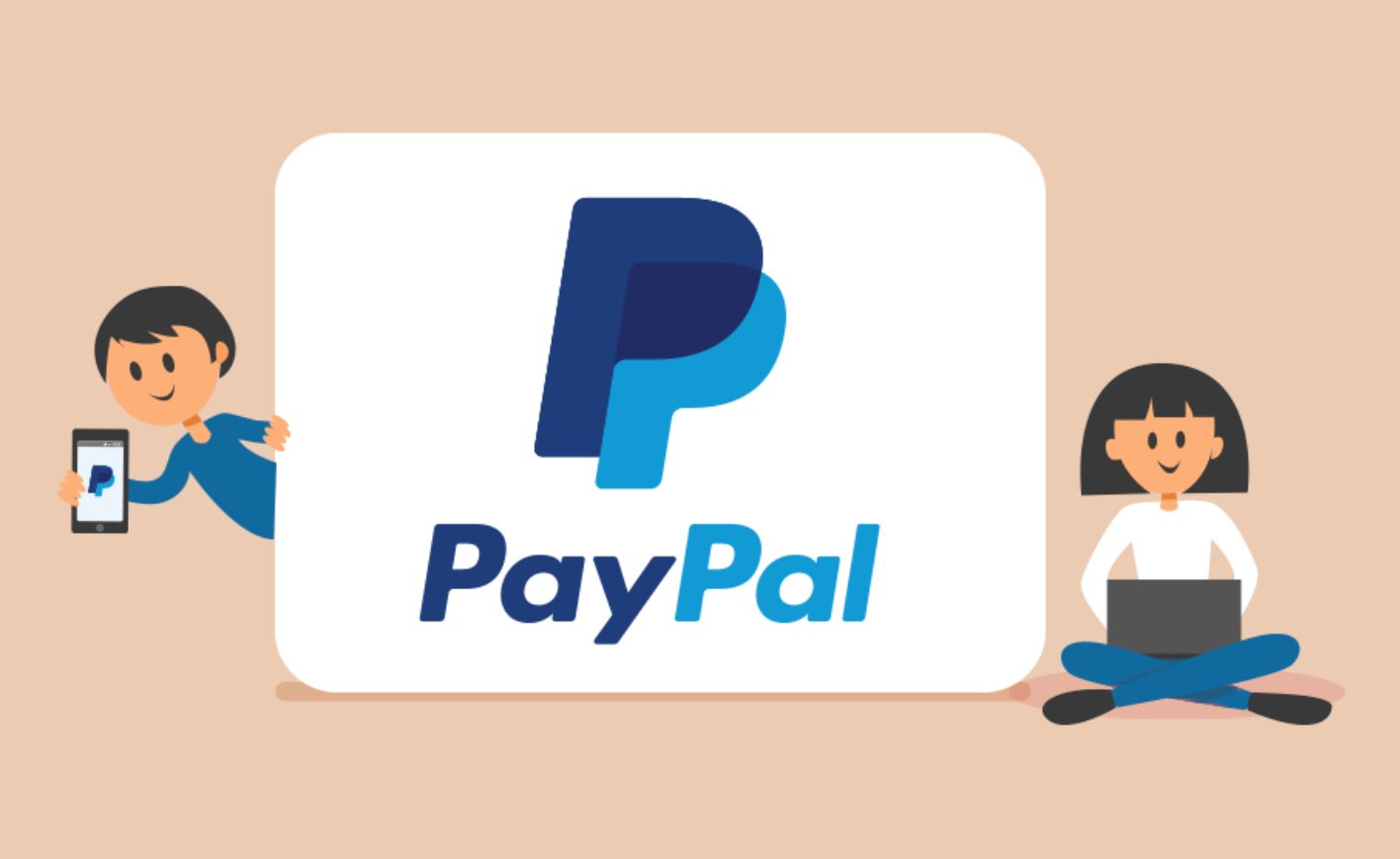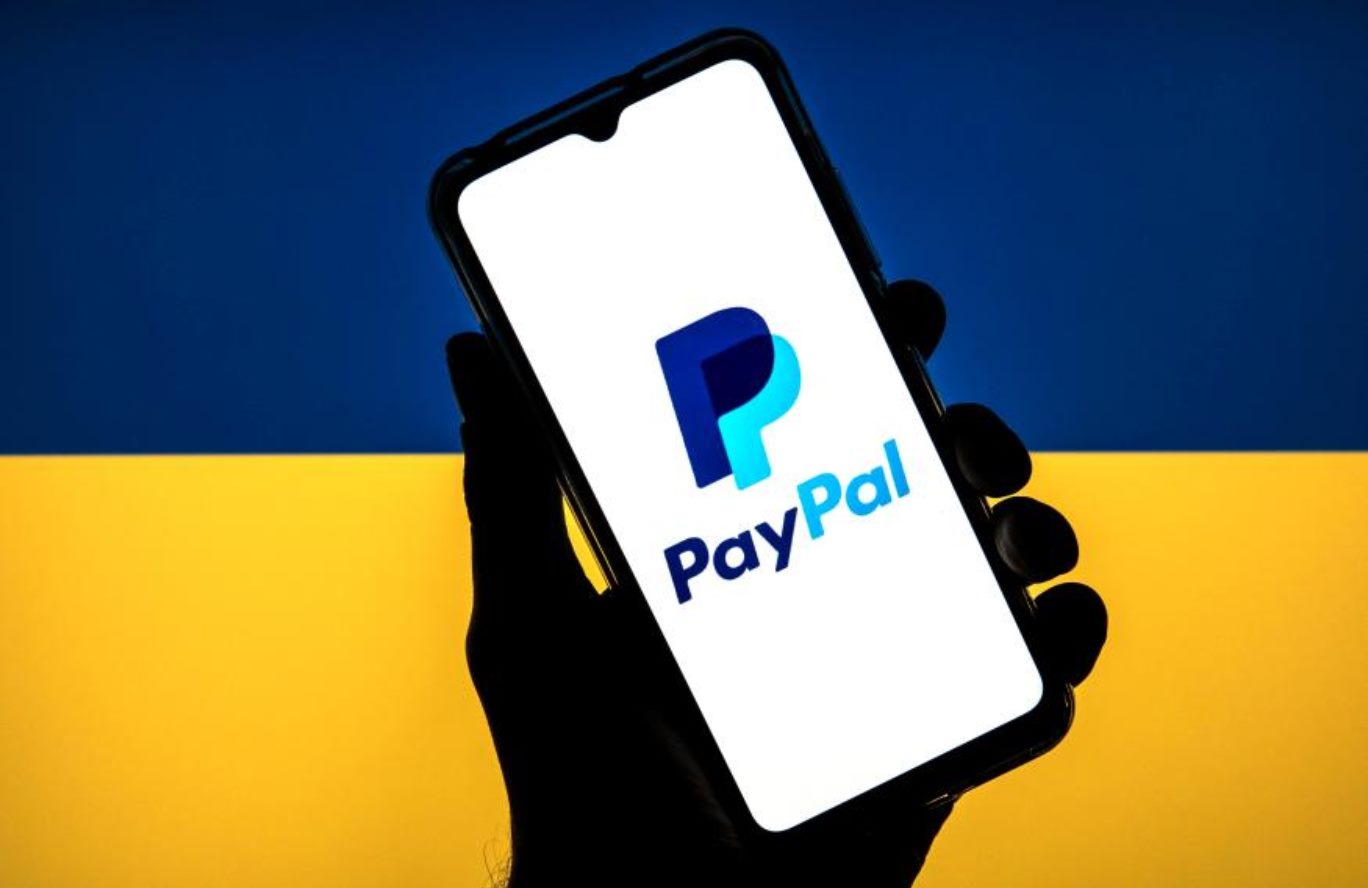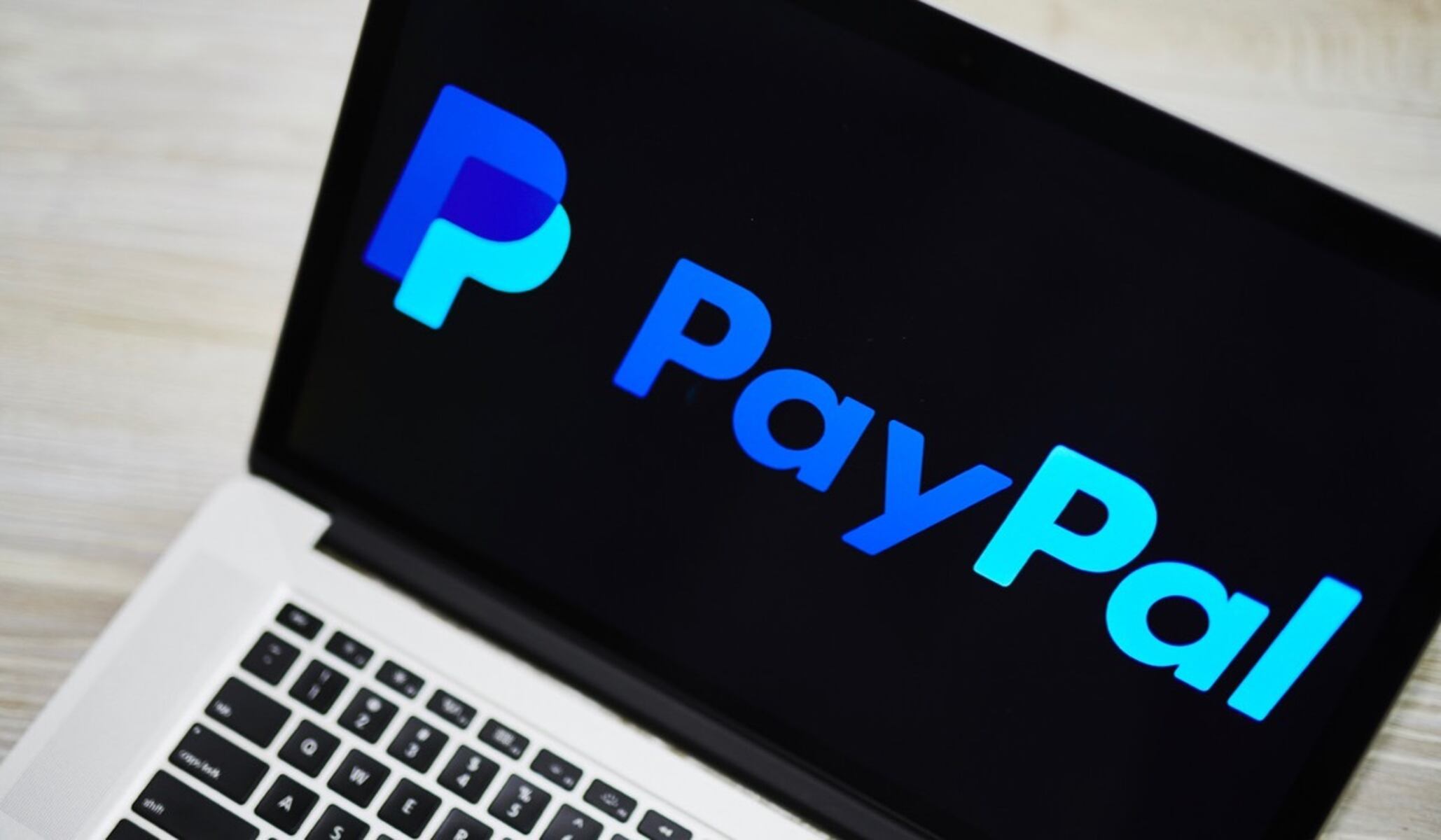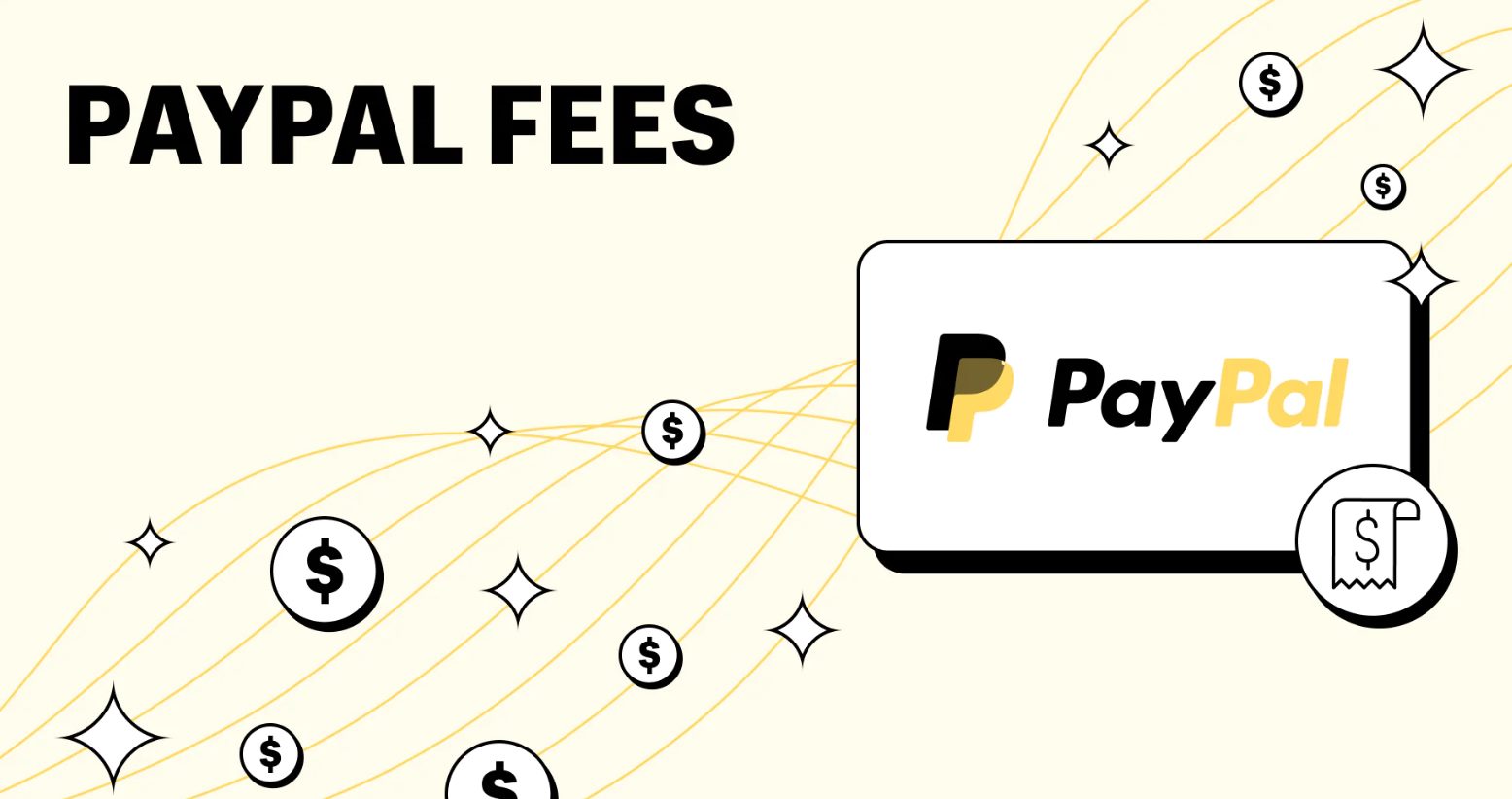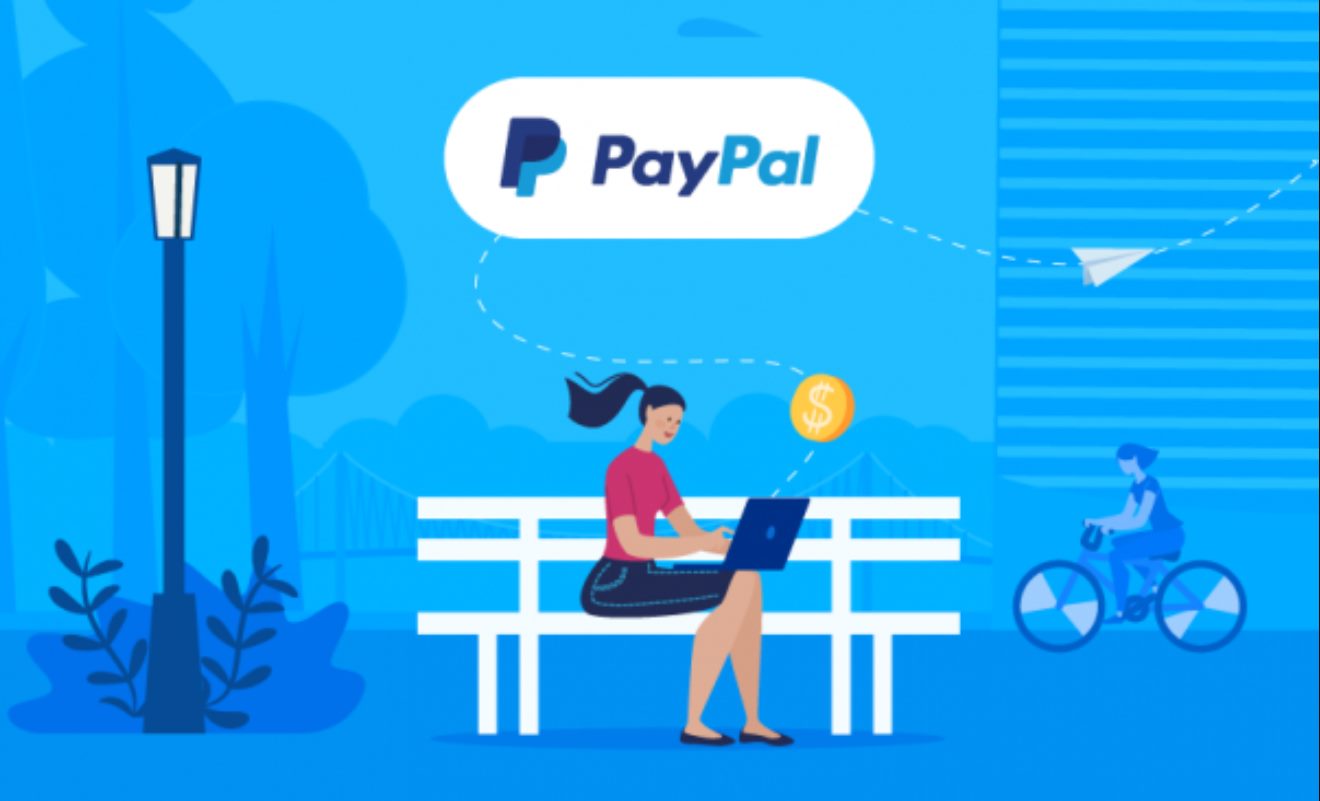Introduction
Welcome to the world of online payment processing! In today’s digital age, PayPal has emerged as one of the leading platforms for conducting secure and convenient transactions. However, when using PayPal, it’s essential to understand the fees involved, especially when conducting transactions for goods and services.
PayPal fees are charges imposed by the platform for processing payments, enabling business owners, entrepreneurs, freelancers, and individuals to accept online payments. These fees can vary depending on the type of transaction and the amount involved. Understanding PayPal fees is crucial for both buyers and sellers to effectively manage their finances.
In this article, we will focus specifically on the PayPal fee for goods and services. We will dive into how these fees are calculated, why PayPal charges them, and how you can avoid paying high fees. By the end of this article, you will have a comprehensive understanding of PayPal fees for goods and services, enabling you to make informed decisions when conducting transactions.
What Are PayPal Fees?
Before we delve into the specifics of PayPal fees for goods and services, let’s first understand what PayPal fees are in general. When using PayPal as a payment gateway, certain fees are incurred to cover the costs associated with transaction processing and maintaining a secure online platform.
The most common types of PayPal fees include transaction fees, currency conversion fees, and fees for international transactions. These fees ensure that PayPal can provide services such as fraud protection, buyer and seller protection, and seamless money transfers across different currencies.
Transaction fees are the primary fees associated with using PayPal. These fees are charged for the processing and completion of transactions, whether it’s for purchasing goods, receiving payments from clients, or transferring funds to other PayPal accounts.
Currency conversion fees come into play when payments are made in a different currency than the currency of the PayPal account. PayPal charges a small fee for converting currencies to ensure accurate and fair exchange rates.
For international transactions, PayPal may levy additional fees, especially when converting currencies or conducting cross-border transactions. These fees vary depending on the destination country and the amount being transferred.
It’s important to note that the specific fees and charges may vary depending on the country you are operating from and the type of PayPal account you have. It’s always a good idea to check the PayPal website or consult their customer support for the most up-to-date fee information relevant to your situation.
Different Types of PayPal Fees
PayPal offers a variety of services, and with those services come different types of fees. Understanding the different fees can help you manage your transactions better and avoid any surprises. Let’s explore the most common types of PayPal fees:
- Transactional Fees: These are the fees charged for every transaction you make on PayPal. The transactional fee varies based on factors such as the type of transaction (goods and services, personal payments, donations, etc.), the currency used, and the country where the transaction is taking place. It’s important to note that for transactions involving goods and services, there is usually a standard transaction fee percentage plus an additional fixed fee per transaction.
- Currency Conversion Fees: If you receive payments in a currency different from your PayPal account’s currency, PayPal will charge a currency conversion fee. This fee is added to the exchange rate and helps cover the costs associated with converting the funds into your account’s currency.
- International Transaction Fees: PayPal charges additional fees for transactions that involve parties in different countries. These fees help cover the costs of processing international payments, including cross-border transfers and currency conversions. The specific fees can vary depending on the countries involved and the currency exchange rates at the time of the transaction.
- Withdrawal Fees: If you need to transfer funds from your PayPal account to your bank account, PayPal may charge a withdrawal fee. This fee can vary depending on factors such as the destination country and the amount being withdrawn. It’s important to note that withdrawal fees are applicable when transferring funds to a bank account and not for making payments or purchases.
- Sale Fee: For those using PayPal as a payment processor for their online business, there may be a sale fee charged on the total transaction amount. This fee is in addition to the standard transaction fee and is deducted from the amount received for the sale.
These are just some of the common types of PayPal fees you may encounter when using the platform. It’s essential to familiarize yourself with these fees and understand how they can impact your transactions and overall financial management.
PayPal Fee for Goods and Services
When it comes to conducting transactions for goods and services on PayPal, there are specific fees that apply. These fees are designed to cover the costs associated with processing payments, providing seller and buyer protection, and maintaining a secure online platform. Let’s explore the PayPal fee for goods and services:
The fee structure for goods and services transactions on PayPal typically consists of a percentage-based fee, along with a fixed fee per transaction. The percentage-based fee is typically a small percentage of the total transaction amount, while the fixed fee remains constant regardless of the transaction amount.
The specific percentage-based fee and fixed fee vary depending on several factors, including the country you reside in, the currency being used, and the type of transaction (e.g., domestic or international).
For example, in the United States, the standard fee for goods and services transactions is typically 2.9% of the transaction amount, plus a fixed fee of $0.30 per transaction. However, it’s important to note that these fees may differ for other countries or for certain high-risk industries.
It’s worth mentioning that if you’re selling goods or services internationally, there may be additional fees for currency conversion and cross-border transactions. These fees can vary depending on the countries involved and the exchange rates at the time of the transaction.
When you receive a payment for goods and services on PayPal, the applicable fee is automatically deducted from the total amount received. The net amount after deducting the fees will then be available for withdrawal to your bank account or for use within your PayPal account for other transactions.
It’s important to factor in these fees when pricing your goods or services to ensure that you’re covering the costs and still making a profit. Additionally, consider any potential currency conversion fees if you’re conducting international transactions.
Understanding the PayPal fee for goods and services helps sellers accurately calculate their earnings and buyers understand the cost implications of their purchases. It’s always a good idea to review the PayPal fee structure periodically, as fees may change over time.
How is PayPal Fee for Goods and Services Calculated?
The PayPal fee for goods and services is calculated based on a combination of a percentage-based fee and a fixed fee per transaction. The specific calculation may vary depending on factors such as the country, currency, and type of transaction. Let’s explore how PayPal calculates its fees:
The percentage-based fee is a small percentage of the total transaction amount. For example, in the United States, the standard fee is 2.9% of the transaction amount. This means that if you receive a payment of $100 for a product or service, the fee would be $2.90.
In addition to the percentage-based fee, there is also a fixed fee per transaction. In the United States, the fixed fee is $0.30 per transaction. This fee remains the same regardless of the transaction amount. So, regardless of whether you receive $10 or $1,000, the fixed fee would always be $0.30.
When calculating the total fee for a goods and services transaction, PayPal combines the percentage-based fee and the fixed fee. Let’s say you receive a payment of $100 for a product. The calculation would be as follows:
Percentage-based fee: $100 x 2.9% = $2.90
Fixed fee: $0.30
Total fee: $2.90 + $0.30 = $3.20
In this example, the total fee for the $100 transaction would be $3.20. This means that after deducting the fee, you would receive $96.80 as the net amount.
It’s important to note that the fee calculation may differ for international transactions or transactions involving different currencies. In these cases, additional fees for currency conversion and cross-border transfers may apply. It’s advisable to refer to the PayPal fee structure for your specific country to get accurate calculations.
By understanding how PayPal calculates fees, you can make informed decisions when setting prices for your products or services and accurately estimate your earnings. It’s always a good practice to factor in the fees when determining your pricing strategy to ensure that you cover your costs and maintain profitability.
Why Does PayPal Charge a Fee for Goods and Services?
PayPal charges a fee for goods and services transactions to cover the costs associated with providing a secure and reliable online payment platform. Let’s explore the reasons why PayPal charges these fees:
- Transaction Processing: PayPal invests significant resources in ensuring that transactions are processed efficiently and securely. This includes maintaining a robust infrastructure, implementing advanced fraud detection measures, and providing buyer and seller protection. The fees charged help cover the costs of these essential services.
- Security Features: PayPal is committed to providing a secure environment for online payments. They employ advanced encryption technology, data protection measures, and fraud prevention systems to safeguard transactions. The fees collected contribute to the continuous development and maintenance of these security features, ensuring the safety and trustworthiness of the platform.
- Customer Support: PayPal offers customer support services to address any issues or concerns that users may encounter. Whether it’s resolving disputes, providing assistance with transactions, or addressing account-related inquiries, PayPal’s customer support team is available to assist. The fees collected help fund these support services, ensuring prompt and reliable assistance for users.
- Innovation and Updates: PayPal continually invests in technological advancements and platform enhancements to improve the user experience. Regular updates and new features are implemented to meet the evolving needs of businesses and consumers. The collected fees are used to support research and development efforts, ensuring that PayPal remains at the forefront of online payment solutions.
- Business Expansion: As a global payment platform, PayPal operates in multiple countries and currencies. Building and maintaining an extensive network of financial partners, compliance with local regulations, and offering localized services require substantial investments. The fees charged contribute to PayPal’s ability to expand its services globally, ensuring accessibility and convenience for users worldwide.
It’s important to recognize that while PayPal charges fees for goods and services transactions, these fees enable them to provide a secure and reliable platform that benefits both buyers and sellers. The fees contribute to the ongoing improvement of services, ensuring a seamless and trust-based payment experience for users.
Is there a Minimum Fee for PayPal Goods and Services?
Yes, PayPal does have a minimum fee for goods and services transactions. This minimum fee is in place to cover the costs of processing small transactions and maintaining the PayPal platform. Let’s explore the details regarding the minimum fee for PayPal goods and services:
The minimum fee varies depending on the country you are operating in, the type of transaction, and the currency used. While the specific amount may differ, it is typically a nominal fee designed to ensure that even the smallest transactions are accounted for.
For example, in the United States, the minimum fee for goods and services transactions is $0.30. This means that regardless of the transaction amount, you will be charged at least $0.30 as a fee. So, whether you receive a payment of $1 or $10, the fee charged will be the same minimum amount of $0.30.
The purpose of the minimum fee is to prevent disproportionately high fees for small transactions. It ensures that PayPal can cover the costs of processing these transactions while maintaining a fair fee structure for users.
It’s worth noting that the minimum fee applies only to goods and services transactions. Other types of transactions, such as personal payments or donations, may have different minimum fees or no minimum fees at all.
It’s essential to keep the minimum fee in mind when calculating the costs associated with small transactions. If you frequently engage in small-dollar transactions, it may be beneficial to consider the impact of the minimum fee on your overall profitability.
As with any fee structure, it’s advisable to refer to the PayPal website or consult customer support for the most up-to-date information regarding minimum fees, as they may vary depending on the country and the type of transaction.
Understanding the minimum fee for PayPal goods and services allows you to accurately factor it into your pricing strategy and make informed decisions when conducting small transactions.
How to Avoid Paying High PayPal Fees for Goods and Services?
While PayPal fees are an unavoidable aspect of using the platform for goods and services transactions, there are steps you can take to minimize and manage these fees. Here are some strategies to help you avoid paying high PayPal fees:
- Consider Pricing: When setting your prices for goods and services, take into account the PayPal fees. By factoring in the transaction fees, you can ensure that you are still making a profit while covering the costs associated with using PayPal as a payment processor.
- Explore Alternative Payment Methods: If feasible, consider offering alternative payment methods that may have lower or no transaction fees. This could include options like bank transfers, direct wire transfers, or other digital payment platforms. However, keep in mind that offering multiple payment options may increase convenience for buyers.
- Review PayPal Fee Structure: Stay updated with the latest PayPal fee structure for your country. Fees can change over time, so checking for any updates can help you make informed business decisions and adjust your pricing strategies accordingly.
- Bulk Transactions: If possible, consolidate smaller transactions into fewer, larger transactions. PayPal fees are calculated based on a percentage of the transaction amount, so combining multiple smaller transactions into one larger transaction can help reduce the overall fee percentage.
- Choose the Right PayPal Account: Pick the PayPal account type that best suits your business needs. Depending on your transaction volume and requirements, you may benefit from a merchant or business account, which could offer more favorable fee structures or additional features that can help offset transaction costs.
- Optimize Currency Conversion: If you regularly deal with international transactions involving different currencies, consider using a currency exchange service or a multi-currency account to mitigate PayPal’s currency conversion fees. These services can potentially provide better rates or lower fees compared to PayPal’s conversion rates.
- Monitor and Analyze Transactions: Regularly review your transactions and analyze the fees incurred. This allows you to identify any patterns or potential optimizations to reduce unnecessary fees. Look for opportunities where you can minimize fees without compromising the convenience of using PayPal.
- Seek Professional Advice: If you’re running a business or conducting frequent high-value transactions, consulting with a financial advisor or accountant who specializes in e-commerce can provide valuable insights on fee management and optimizing your payment processes.
By implementing these strategies, you can effectively manage and reduce your PayPal fees for goods and services transactions. It’s important to strike a balance between offering convenience to your customers and optimizing your costs to ensure the profitability of your business.
Conclusion
Understanding PayPal fees for goods and services is essential for anyone utilizing the platform for online transactions. By familiarizing yourself with the fee structure and considering various strategies to minimize fees, you can effectively manage your finances and optimize your profitability. Remember the following key points:
PayPal charges fees to cover the costs associated with transaction processing, security features, customer support, innovation, and business expansion. These fees contribute to maintaining a secure and reliable online payment platform for buyers and sellers alike.
The PayPal fee for goods and services is typically a combination of a percentage-based fee and a fixed fee per transaction. The exact calculation depends on factors such as the country, currency, and type of transaction.
Consideration of the minimum fee for goods and services is vital, as it ensures that even small transactions are accounted for. It’s important to factor in the minimum fee when setting prices and calculating the overall costs associated with conducting small-dollar transactions.
To avoid paying high PayPal fees, consider various strategies such as pricing your goods or services with the fees in mind, exploring alternative payment methods, reviewing the PayPal fee structure regularly, and optimizing currency conversions for international transactions.
Ultimately, managing PayPal fees is about finding the right balance between providing convenient payment options for your customers and optimizing your transaction costs to ensure profitability.
By implementing these strategies and staying informed about PayPal’s fee structure, you can navigate the world of online payments more effectively and make informed decisions to best suit your business needs.







